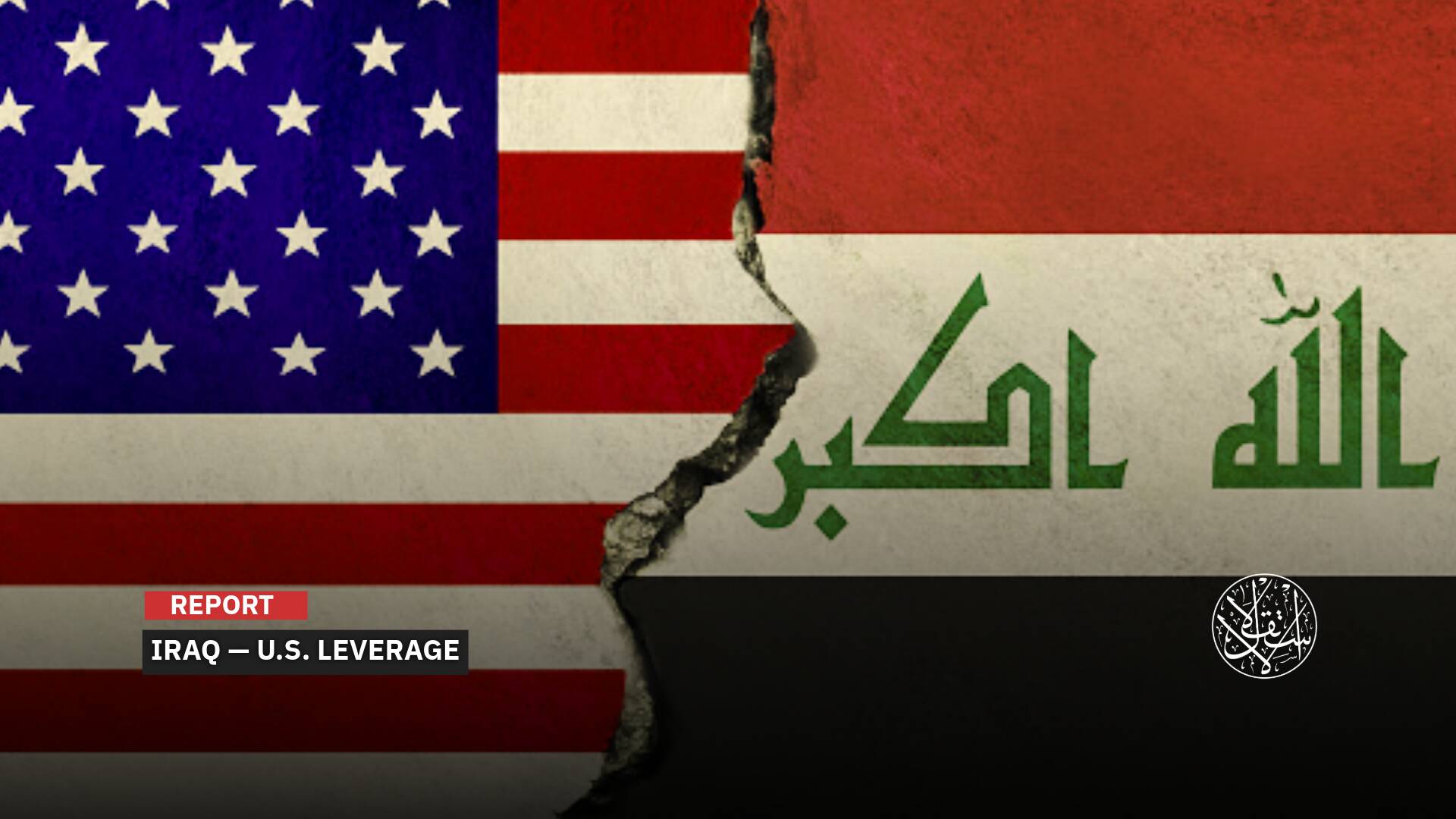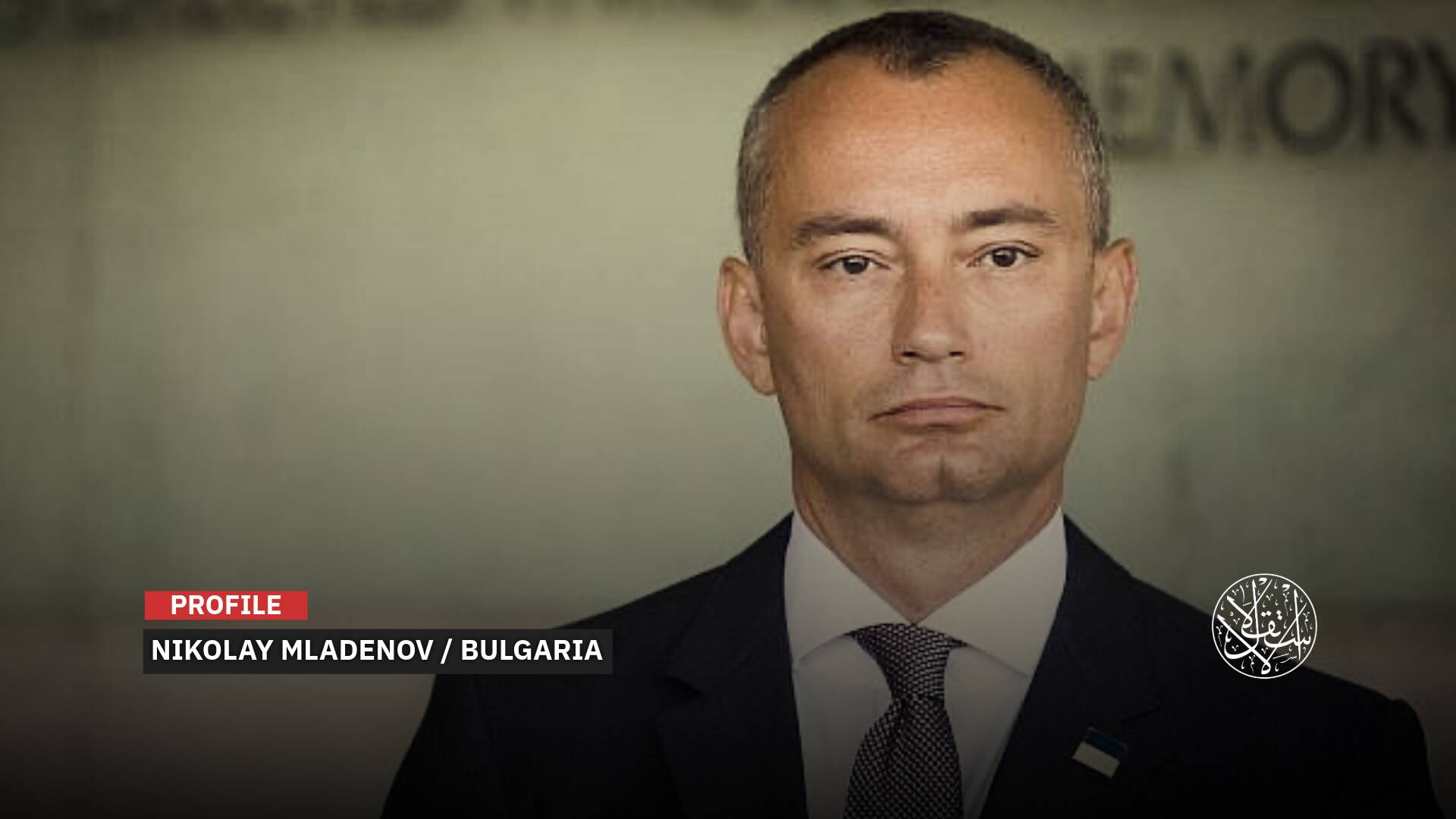Europe Calls for Refugee Returns but Falls Short on Support: Where Does It Stand on Syria?
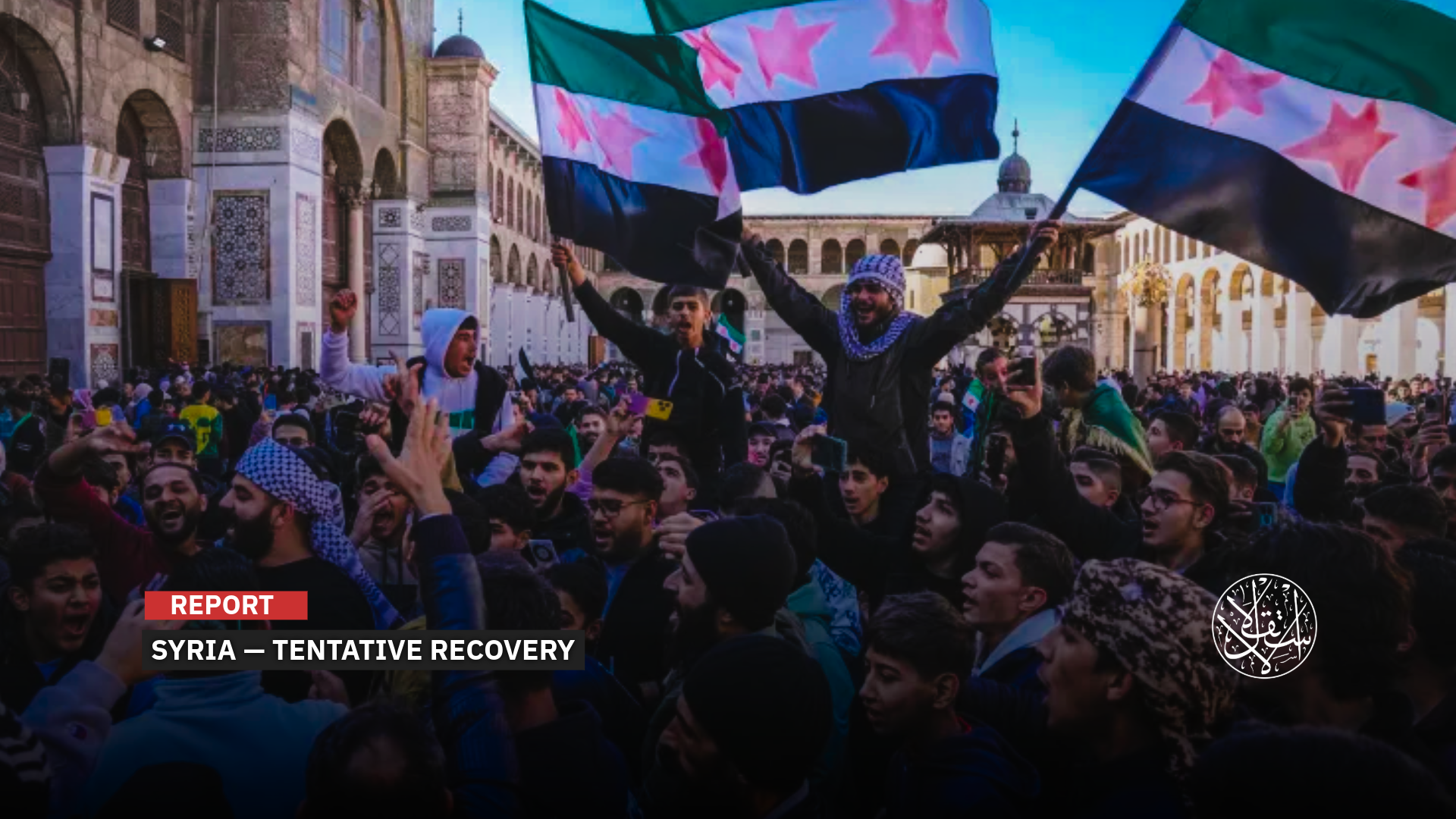
The support Syria needs must go beyond humanitarian aid.
European governments are offering what many observers describe as tentative financial aid packages to Syria’s new authorities, aimed at easing living conditions and encouraging refugees to return home.
Since the fall of Bashar al-Assad’s regime on December 8, 2024, a number of European states hosting large Syrian refugee communities have signalled a willingness to support the country’s transition and help create conditions for safe repatriation.
In practice, this has meant the rollout of modest funding commitments, some channelled directly to Damascus, others pledged collectively at donor conferences.
On August 18, 2025, Italy’s ambassador to Damascus, Stefano Ravagnan, announced that Rome would provide €7 million to support initiatives aimed at reintegrating refugees and displaced people into their home communities in Syria.
Ravagnan said the foreign ministry had earmarked €6m for the UN refugee agency (UNHCR), alongside a further €1m for the International Organization for Migration, to back programs assisting the return and reintegration of Syrians in their areas of origin.
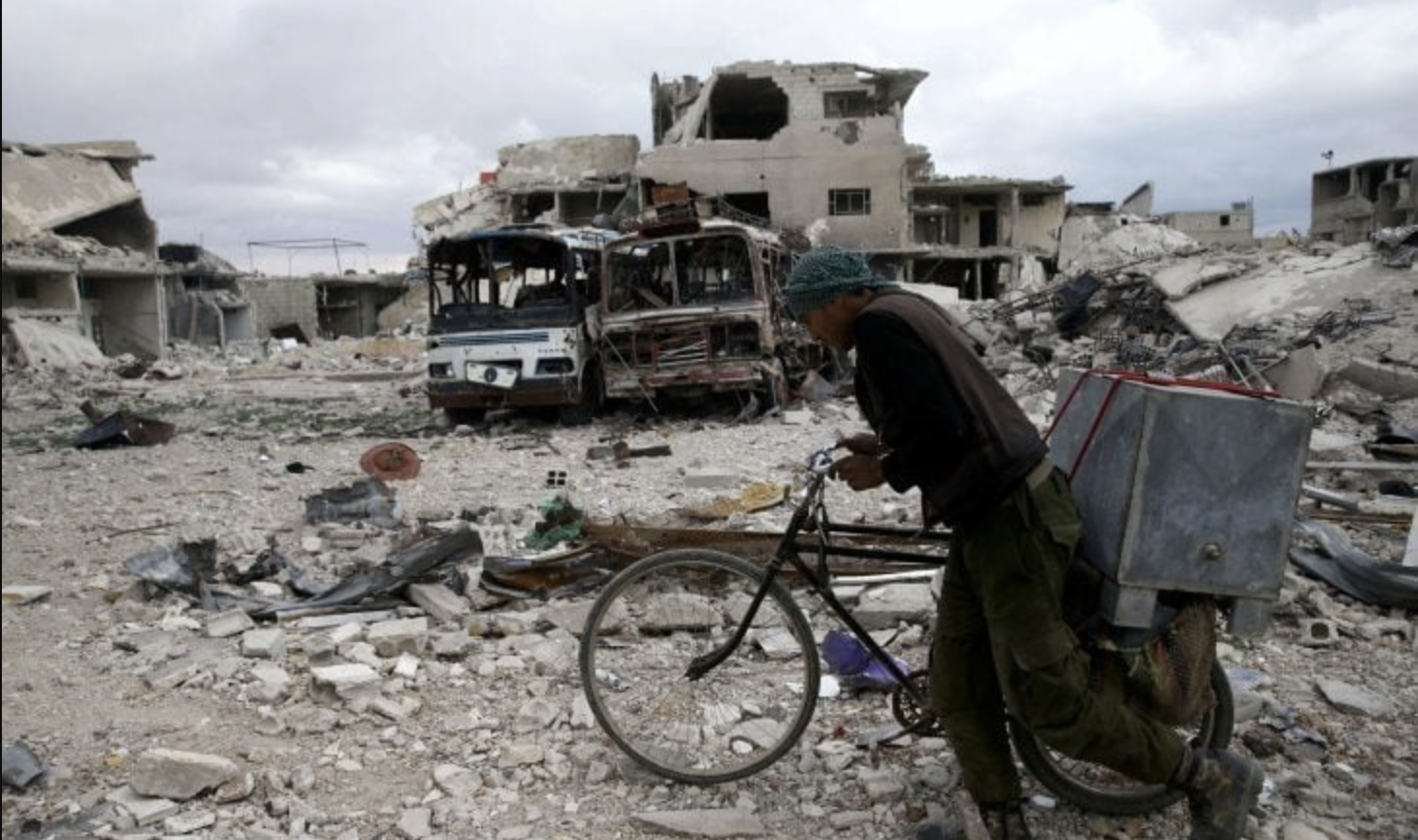
Reintegration Initiatives
The greatest challenge facing Syria’s new authorities is how to resettle the millions of refugees and displaced people forced to flee the brutality of Bashar al-Assad’s rule.
More than 6 million Syrians are living abroad, while a further 7 million have been displaced within the country, out of a prewar population of 25 million.
On August 18, 2025, the UN refugee agency announced that 779,473 Syrians had returned from neighboring countries since al-Assad’s fall up to August 14.
The agency added in its regular report that the return of internally displaced people was also continuing, with more than 1.694 million having gone back to their homes over the same period.
In this context, the agency noted that more than 133,000 Syrian refugees had returned from Jordan since December 2024.
Turkiye’s interior ministry, meanwhile, announced in mid-August 2025 that over 411,000 Syrians had gone back to their country since the fall of Bashar al-Assad, while around 2.5 million remain in Turkiye.
The return of hundreds of thousands has been driven by a mix of factors, including the desire to reclaim property, escape poverty and discrimination in host countries, reunite with family members, or take part in shaping the next chapter of their country’s history.
Against this backdrop, the European Union has sought to play a role in helping Syrians build their new future.
In a meeting in May 2025 with Syria’s foreign minister, Asaad al-Shibani, Stefano Sannino, the EU’s director general for the Middle East, expressed Brussels’ readiness to provide direct support to Syrian institutions, particularly in the sectors of education, health and renewable energy.
This would be accompanied by backing for reforms in the banking system, efforts to revive the private sector, and steps to explore ways of reintegrating European financial institutions into the Syrian market.
Both sides stressed the need for a “hybrid approach” that combines early recovery with reconstruction, shifting support previously directed to refugee-hosting communities into programs that encourage return and reintegration within Syria.
According to an official Syrian statement, the European Union showed strong interest in promoting regional integration through renewable energy, attracting private sector investment, and supporting start-ups with training schemes, business incubators and other initiatives.
According to Sana, “The presence of the EU delegation in Damascus aims to help Syria overcome challenges and move forward toward stability.”
Such a return, however, requires a comprehensive response that addresses the needs of those coming back, whether from abroad or from internal displacement, while strengthening the recovery of their towns and ensuring the provision of basic services.
Vast swaths of Syria remain uninhabitable due to the destruction wrought by years of war, with entire neighborhoods in major cities such as rural Damascus, eastern Aleppo, Damascus itself, Idlib, Homs, Raqqa, and Deir ez-Zor still in ruins, and some villages completely flattened.
The absence of basic infrastructure, clean water, electricity, and health and education services further complicates efforts to reintegrate populations on a large scale.
It is in this context that countries are stepping in to help Syria recover, led by European states, whose officials say they are looking to encourage the return of refugees to their homeland.
In January 2025, the European Commission announced that it would provide new humanitarian aid to Syrians, both inside the country and in neighboring states, totalling €235 million over the course of the year.
The commission is also actively seeking to integrate Syria into a number of key initiatives with partner countries across the Mediterranean region.
In March 2025, EU foreign policy chief Kaja Kallas said that member states and their partners had pledged €5.8 billion for Syria and its neighbors.
“The European Union and its partners have committed €5.8 billion to support Syria and neighboring countries. This aid will address the urgent needs in Syria.” wrote Kallas on social media platform X.
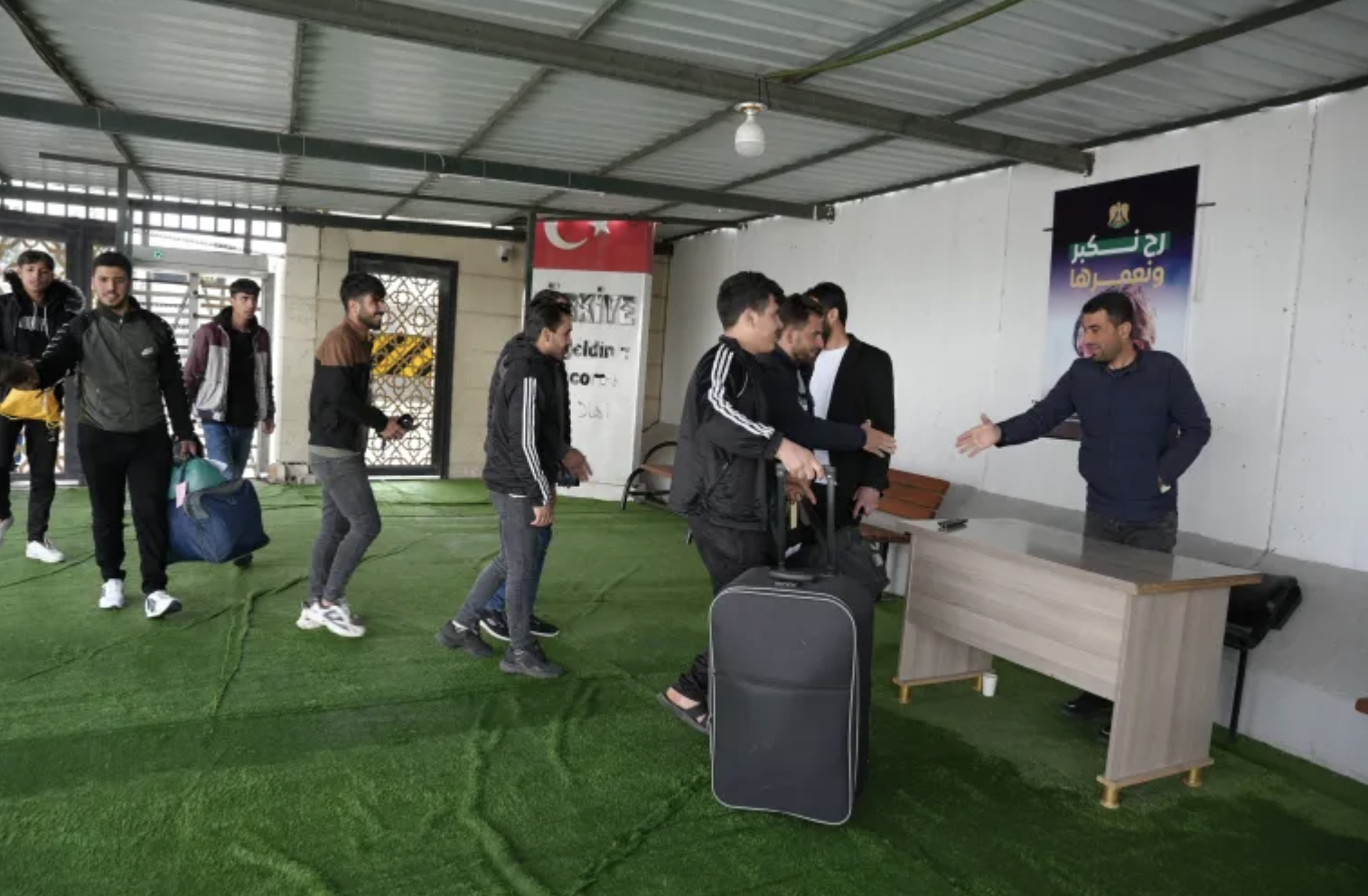
The Observer
Europeans are focusing on boosting funding to meet the most urgent humanitarian needs of Syrians, particularly refugees dispersed across the region.
The scale of Syria’s needs remains enormous, with vast areas of the country lying in ruins and the economy shattered after years of international isolation following the outbreak of the 2011 uprising.
The country continues to face a dire humanitarian situation, with some 16.7 million people estimated to require assistance.
According to the UN World Food Program, around three million Syrians could face severe hunger, while more than half of the population, approximately 25.6 million, is currently experiencing food insecurity.
The European Union has eased sanctions on key sectors of the economy, but insists, along with other powers, that the authorities must deliver on promises for a comprehensive transitional process.
At present, many refugees in European countries are closely watching the outcomes of service projects launched and implemented since the fall of Bashar al-Assad’s regime.
The provision of basic services, even at minimal levels, is considered a key incentive for facilitating the return of displaced people and refugees to their original towns and villages.
Mohammed al-Aani, a teacher who returned to Damascus from Turkiye despite being originally from Deir ez-Zor, said he chose to live in the suburbs of the capital because at least the minimum services were available there, which remain absent in his destroyed hometown.
Al-Aani told Al-Estiklal that “displaced people and refugees who decide to return from abroad often choose to settle in new cities rather than their hometowns, seeking access to services, electricity, hospitals, schools, and employment.”
He also criticized the fact that “new economic projects funded by supporting countries are concentrated in Damascus or other major cities,” arguing that this approach “pushes many back to square one, driving migration from rural areas to urban centers.”
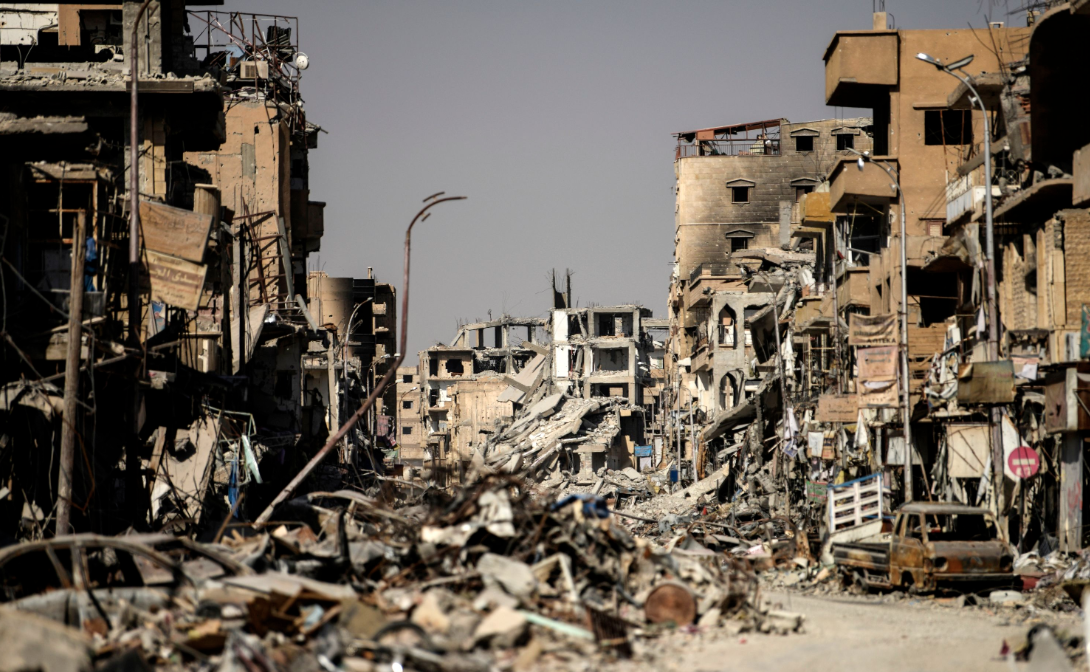
The Need for Real Projects
Syrians believe that the financial support required for the new Syria should go beyond humanitarian aid, mobilizing the developmental backing necessary for the country’s devastated cities.
The United Nations has called on the international community to “mobilize resources to rebuild and develop Syria,” urging a transition from humanitarian relief to recovery.
Experts emphasize that limited financial assistance, which is not part of comprehensive, well-planned, long-term development programs, does little to encourage refugees and displaced people to return.
In this context, Syrian academic and economic expert Firas Shaabou told Al-Estiklal that “the figures provided by European countries for Syria remain very modest and below the required level, and not all of it will reach the Syrian people, as around 40 percent goes to administrative costs.”
“At this critical stage, European countries should begin effectively preparing practical projects to reintegrate refugees and displaced people into their communities,” Shaabou added.
This, he said, should be “through providing developmental aid, establishing urgent relief projects in health and basic services, and improving water, energy, and electricity networks, which will accelerate recovery and restart productive life cycles in Syrian cities.”
“If the limited European financial aid is divided among the country’s 14 governorates, it will not make a real difference at the service level, and development will remain limited and slow, proceeding without clear plans or programs,” Shaabou noted.
He also warned that “the suspension of support for some service projects, especially at this stage, will cause a new setback in service provision, which will negatively affect the lives of people and those returning to their cities.”
The International Refugee Organization has warned against using the lifting of certain European and American sanctions on Syria as a pretext to force Syrian refugees to return, noting that the humanitarian crisis within the country persists.
In a statement published in May 2025, the organization stressed that the removal of sanctions should not be used by host countries as a justification to pressure Syrian refugees into returning prematurely.
Several European countries, including the Netherlands and Germany, are currently preparing a program aimed at allowing Syrian refugees considering a return to their homeland to undertake trial visits to Syria to assess the situation firsthand, without affecting their asylum applications or residency status.



